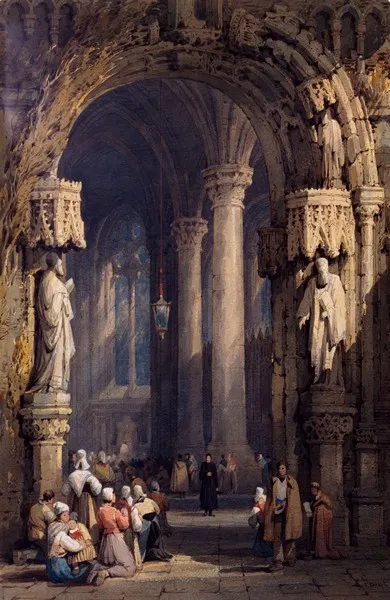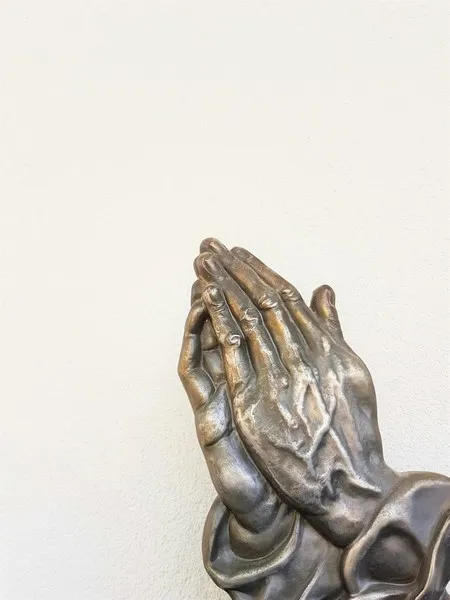Table of Contents
- Introduction
- Defining the Religious Monastic Lifestyle Sociologically
- Historical Trajectories and Comparative Frameworks
- Structural‑Functional Perspectives
- Conflict and Critical Theories
- Interactionist and Phenomenological Approaches
- Methodological Approaches to Studying Monasticism
- Monastic Economies and Sustainability Practices
- Monastic Education and Knowledge Production
- Monastic Engagement with Social Movements
- Everyday Life within Monastic Settings
- Gender and Sexuality in Monastic Contexts
- Globalisation and the Future of Monasticism
- Policy Implications and Public Sociology
- Conclusion: Sociological Significance
Introduction
Religious monasticism stands among the oldest and most resilient forms of organised social life. From the wandering ascetics of ancient India to twenty‑first‑century urban monasteries livestreaming the Divine Office, monastic orders have repeatedly re‑invented themselves in dialogue with shifting political economies, technologies, and moral landscapes. Despite their apparent withdrawal from “the world,” monasteries are deeply of the world: they cultivate disciplined bodies, produce and distribute economic value, and become nodes in global flows of culture and capital. Consequently, sociologists find in monasticism a microcosm through which to study macro‑level questions—how social norms are reproduced, how charisma becomes routinised, and how collective identities persist under conditions of rapid change.
This article synthesises classical and contemporary sociological perspectives, weaving them into a panoramic, undergraduate‑level analysis that is simultaneously rigorous and accessible. We begin by clarifying the core sociological dimensions of monasticism, then trace historical and cross‑cultural trajectories, interrogate functionalist and critical accounts, and spotlight micro‑interactional processes. New sections introduce methodological debates, ecological praxis, and public‑policy ramifications, illustrating monasticism’s abiding relevance in a globalised era. The goal is both educational and inspirational: to demonstrate how apparently secluded communities illuminate foundational sociological problems of agency, structure, and meaning.
Defining the Religious Monastic Lifestyle Sociologically
Monasticism is best conceptualised as an institutional field—a patterned network of organisations, rules, and symbolic systems that stabilise ascetic practice across time and space. Four interlocking dimensions are analytically decisive:
- Rule‑Governed Organisation. Whether the Theravāda Vinaya or the Rule of St Benedict, formalised codes translate founder charisma into reproducible scripts, thereby extending moral authority beyond the life‑span of any one leader.
- Communal Property and Labor. Collective ownership of land and tools, paired with internal labour hierarchies, exemplifies Weberian value‑rational action and illustrates how economic forms can be subordinated to transcendent goals.
- Ritualised Temporality. The segmentation of the day by canonical hours synchronises individual experience, producing Durkheimian solidarity while disciplining affect and desire.
- Boundary Maintenance. Architectural enclosure, sartorial uniformity, and celibacy construct thick symbolic borders that differentiate the monastic from the lay, enabling identity consolidation and social recognition.
These dimensions operate across religious traditions, giving monasticism a recognisable sociological profile even as particular texts, rituals, and theologies diverge.
Historical Trajectories and Comparative Frameworks
Early Buddhist Saṅgha
Established in the 5th century BCE, the Buddhist Saṅgha pioneered an itinerant mendicant model that gradually settled into permanent vihāras near trade routes. Archaeological evidence from Sanchi and Taxila reveals how monasteries became centres of literacy, art production, and diplomatic exchange, challenging the stereotype of total withdrawal.
Christian Monasticism: The Benedictine Pivot
The 6th‑century Rule of St Benedict created a durable template emphasising stabilitas loci (stability of place), prayer‑work equilibrium (ora et labora), and hierarchical obedience. By the 12th century, Benedictines controlled extensive agrarian estates and operated some of Europe’s earliest proto‑universities, illustrating how ascetic ideals can catalyse intellectual and economic innovation.
Islamic Sufi Zawiya
Although the Qur’an discourages celibacy, Sufi orders institutionalised quasi‑monastic lodges (zawiyas or khanqahs) where initiates practised ritual remembrance (dhikr) and cultivated spiritual mentorship (tarbiya). These lodges provided social services—water, mediation, alms—embedding mystical discipline within broader civic ecologies.
Vajrayāna Buddhist Monasticism in the Himalayas
Tibetan gompas combine scholastic curricula, tantric ritual, and regional governance. The 17th‑century Gelugpa reforms reorganised monastic estates into powerful fiefdoms, demonstrating how theology can dovetail with state‑building. Contemporary exile monasteries in India leverage digital media to preserve ritual knowledge, illustrating diasporic resilience.
Contemporary Secular Analogues
Intentional communities such as the Catholic Worker movement, Israeli kibbutzim, and environmental eco‑villages exhibit monastic features—shared property, disciplined labor, and moral purpose. Sociologists label these neo‑monastic hybrids, prompting fresh debates about the permeability of sacred‑secular boundaries.
Structural‑Functional Perspectives
From a structural‑functionalist lens, monasticism contributes to social equilibrium by performing essential tasks:
- Value Reinforcement. Monastics embody transcendent ideals—compassion, detachment—that anchor a society’s moral imagination.
- Social Welfare. Medieval hospices and modern monastic clinics supplement public health infrastructures.
- Conflict Absorption. By offering a legitimate outlet for radical idealists, monasteries reduce disruptive protest potential.
- Innovation Incubation. Agricultural experiments with viticulture, cheesemaking, and permaculture often originate within cloisters before diffusing outward.
Yet functionalism risks glossing contradictions. To balance the picture, we turn to critical theories.
Conflict and Critical Theories
Political Economy and Class
Marxist scholars argue that monastic estates historically reproduced feudal class relations, extracting rent via tithes while legitimating inequality through spiritual rhetoric. In modern Myanmar, wealthy monasteries wield electoral influence, reminding us that religious capital can translate into political and economic power.
Gendered Authority and Feminist Interventions
Across many traditions, male clerics monopolise ordination rites, relegating women’s houses to derivative status. Feminist sociologists analyse how nuns cultivate micro‑resistances—fundraising through craft industries, producing feminist exegesis—to contest patriarchy from within.
Post‑Colonial Critiques
Post‑colonial theorists highlight how European observers romanticised Buddhist monasteries as timeless, masking their entanglement in colonial extraction and missionary networks. Such critiques unsettle orientalist binaries of “pure” East versus “corrupt” West.
Interactionist and Phenomenological Approaches
Identity Construction
Using Goffman’s total institution framework, novices are stripped of former identities via robe‑dressing and renaming ceremonies, internalising a new monastic self framed by collective scripts.
Everyday Ritual Performance
Bourdieu’s concept of habitus illuminates how repetitive prostrations, silent meals, and chanting sediment a bodily disposition oriented toward humility and attentiveness.
Symbolic Boundaries and Labelling
Becker’s labelling theory explains how laity construct the monk as “holy other,” which monastics then negotiate through public outreach or enclosure.
Methodological Approaches to Studying Monasticism
Modern sociology employs a multimodal toolkit to capture monastic complexity:
- Ethnography. Extended residence inside monasteries uncovers backstage tensions—clashes over smartphone use, generational divides, and financial anxieties.
- Historical‑Comparative Analysis. Archival studies trace shifts in landholdings and rule interpretations across centuries, revealing adaptation cycles.
- Digital Humanities. Text‑mining of digitised rules and sermons allows quantitative analysis of doctrinal emphasis over time.
- Survey Methods. Questionnaire studies of new monastics in North America map demographic trends (age, education, previous occupation), challenging assumptions of anti‑modern primitivism.
Monastic Economies and Sustainability Practices
Get the full article AD FREE. Join now for full access to all premium articles.
View Plans & Subscribe Already a member? Log in.





